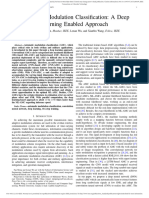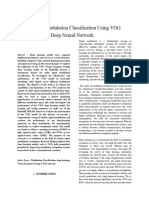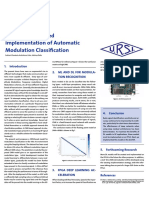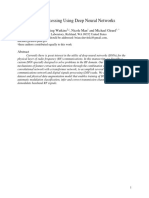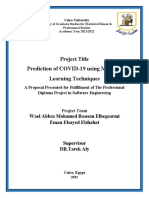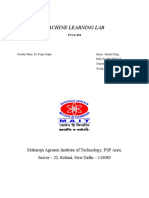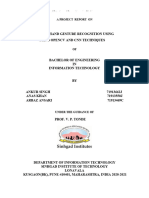0% found this document useful (0 votes)
26 views31 pagesAMR-based CNN Model
The seminar discusses an Automatic Modulation Recognition (AMR) model based on Convolutional Neural Networks (CNNs) aimed at improving signal classification in modern communication systems. It highlights the advantages of CNNs over traditional methods, including automatic feature extraction and robustness in noisy environments, while addressing challenges such as high computational costs and data requirements. Key findings indicate that the CNN model demonstrates high accuracy and adaptability, paving the way for advancements in automated communication technologies.
Uploaded by
ODEWAYE MAYOMICopyright
© © All Rights Reserved
We take content rights seriously. If you suspect this is your content, claim it here.
Available Formats
Download as DOCX, PDF, TXT or read online on Scribd
0% found this document useful (0 votes)
26 views31 pagesAMR-based CNN Model
The seminar discusses an Automatic Modulation Recognition (AMR) model based on Convolutional Neural Networks (CNNs) aimed at improving signal classification in modern communication systems. It highlights the advantages of CNNs over traditional methods, including automatic feature extraction and robustness in noisy environments, while addressing challenges such as high computational costs and data requirements. Key findings indicate that the CNN model demonstrates high accuracy and adaptability, paving the way for advancements in automated communication technologies.
Uploaded by
ODEWAYE MAYOMICopyright
© © All Rights Reserved
We take content rights seriously. If you suspect this is your content, claim it here.
Available Formats
Download as DOCX, PDF, TXT or read online on Scribd
/ 31







